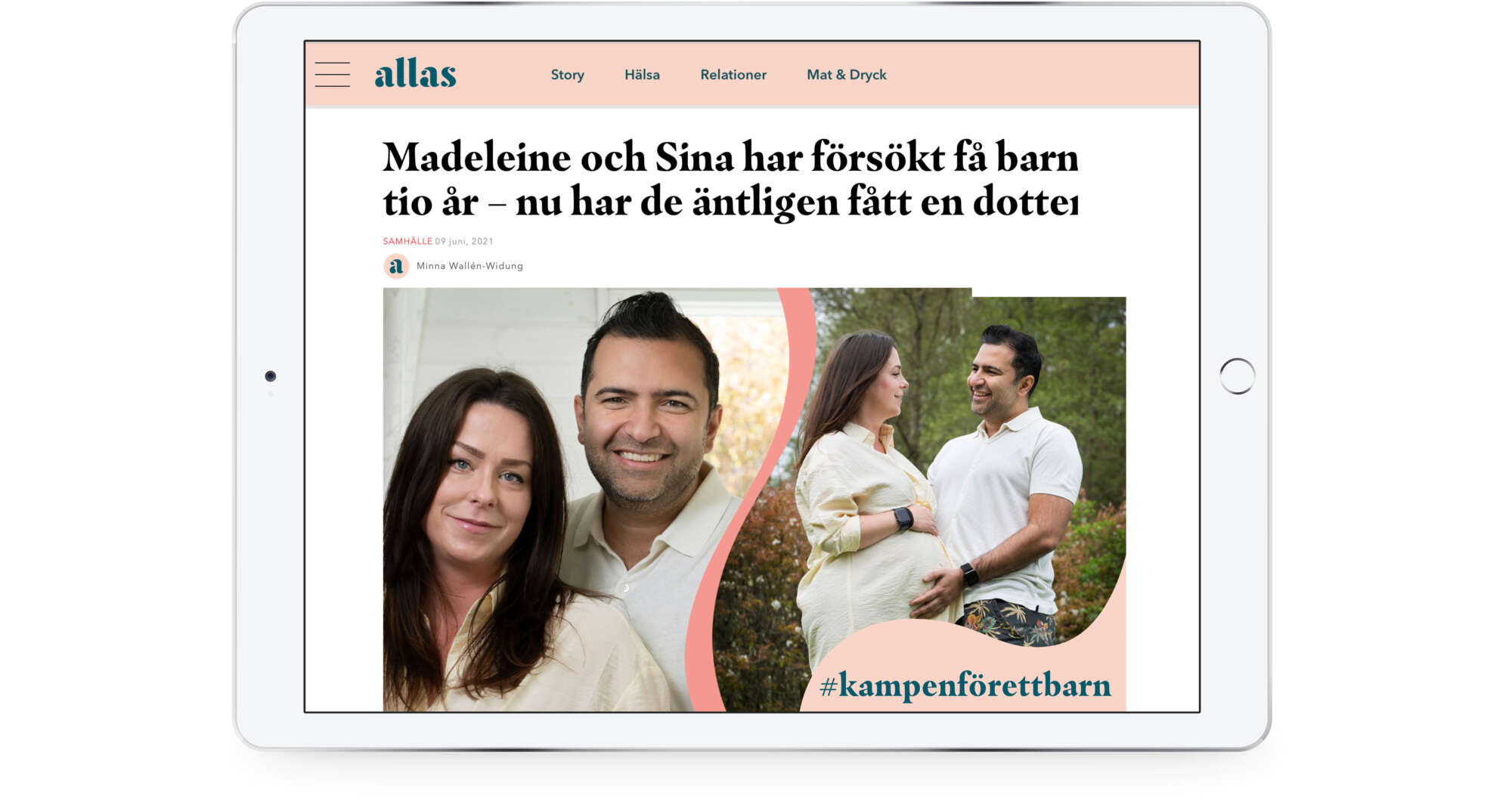
ALLAS.se, Sweden | 09 June, 2021 | Text: Minna Wallén-Widung, photos: Julia Sjöberg, private
Madeleine and Sina have been fighting for almost a decade to have children. After years of failed attempts, miscarriages and declining confidence in the Swedish healthcare system, the couple decided to try abroad. Now the couple has just had their first child - but the price has been incredibly high.
— My entire 30s I spent trying to have children. Life was on hold, says Madeleine.
Saint Petersburg, September 2020. It is not as cold as when they were here the last time, in January. But the nervousness is the same, if not worse. Madeleine, 38, has decided that this is their very last attempt to get pregnant. If the clinic they chose does not succeed in helping them this time either, she and her husband Sina, 40, will give up.

Photo: Julia Sjöberg
After a decade of miscarriages, hormone injections, IVF attempts and a constantly present and desperate longing for a child, neither the body nor the psyche can do more. This is it.
— My entire 30s I spent trying to have children. Life was on hold; I hardly remember anything from these years now in retrospect. We lived in this world all the time, ate and slept in it. I feel disappointed about this period of my life, says Madeleine.
Suffered from ectopic pregnancy
Madeleine and Sina met in their 20s and have always dreamed of having children. Madeleine comes from a large family with three siblings and many nieces and nephews, and she has always seen it as a natural part of life to become a parent. As a 22-year-old, she became pregnant - but suffered an ectopic pregnancy, an unusual condition in which a fertilized egg does not make all the way towards the uterus.
Life was on hold. I hardly remember anything from these years now in retrospect.
As a result, one of her fallopian tubes had to be surgically removed - and Madeleine and Sina realized that having children in the future might be a little trickier than they had thought before. But they would have never imagined that it would take almost a decade.
— We started trying to have children ten years ago and had an ectopic pregnancy pretty immediately. After that, our IVF journey started quite quickly, says Sina.
Tried IVF – with no result
At Sahlgrenska Hospital in Gothenburg, three IVF cycles were performed. After the third one Madeleine became pregnant but had a miscarriage in week nine. They then started to look for private alternatives, as they had no county council-financed IVF attempts left. The clinic they chose reported good results, and the situation still felt hopeful. Madeleine went through two egg retrievals and a total of eight embryo transfers - but they all did not end in any pregnancy, but only in great disappointment.

Photo: Julia Sjöberg
— It ended up that they did not want us as their patients anymore. Although there were still options to try, the doctor advised us to consider adoption instead, says Madeleine, and Sina adds: - It was almost as if we were running a marathon that consumed just about everything in our life, but which we didn’t give a damn about finishing. And then an expert came and said that this marathon is not for us, try something else instead. It was awful and dizzying to hear.
Wanted to do ERA test — but were denied
In their frustration over the lack of help, they began to read on their own about the different methods available when it comes to IVF. Among other things, they found information about a so-called ERA test, where you can find out the exact time an embryo is most likely to attach in the uterus. Instead of performing the embryo transfer on the same day in the middle of the cycle on all women, you can thus adapt the treatment and make it more individual.
Madeleine and Sina were willing to pay the extra 10,000 crowns an ERA test would cost. But the doctor advised against it and suggested having the embryo transfer a day later in the cycle than previously done. It did not succeed. Sina and Madeleine are strongly critical of how they have been treated then.

Photo: Julia Sjöberg
— These clinics have an established approach. And if it does not work, we feel that they are very reluctant to try something new. Because there are so many patients, they are already full - and they do not need to keep complicated patients. We had good quality embryos and we were still young, but still we did not succeed. And they did not want to find out what was wrong, they just did not want us. There were several ways to investigate, but they did not want to. We saw that as a big betrayal, says Sina.
IVF and Egg donation
- IVF is an abbreviation for in vitro fertilization. This means fertilization in the laboratory in the special dishes or test tubes.
- IVF is a treatment when eggs are collected and fertilized outside the body. A fertilized egg is called an embryo.
- A few days after conception, the doctor inserts the embryo into the uterus. There, it hopefully implants and continues to develop into a child.
- A woman can do IVF at the regional clinics before the age of 40 years old. Private clinics may have different age limits.
- Since January 2019, it is permitted for private IVF clinics in Sweden to perform treatments with donated eggs.
- In the case of publicly funded egg donation, a woman who is a recipient of an egg must not exceed 40 years.
- In the case of privately funded treatment, the age limit may be slightly higher, but usually not over 46 years.
Source: 1177.se, National Board of Health and Welfare
Turning to a Russian clinic for IVF
Madeleine, who by this time had undergone numerous hormone treatments and procedures, felt that confidence in Swedish IVF care was at rock bottom. After several years of trying and a life where everything centered around trying to get pregnant, both she and Sina had had enough. They decided to contact a Russian clinic that had good reviews - and where it was already clear in the initial conversations that you could, for example, do an ERA test.
— Before we went to St. Petersburg, we had some prejudices about Russia and how it might have worked there, but it is the absolute best decision we have ever made, says Madeleine.

Photo: Private
She and Sina say that they experienced a completely different type of professional competence and understanding at the Russian clinic, they were really at the forefront of IVF. They felt cared for, Madeleine had to both do the ERA test and undergo an examination of the uterus. The doctor went in with a camera and then discovered that Madeleine's uterus was covered with polyps after the previous miscarriages, which significantly worsens the chances for getting pregnant. The polyps could have been removed to help the uterus along the way - but in Sweden Madeleine was never offered a similar procedure.
— In Sweden, there was never even a survey to find out why we had such a hard time having children, it was just assumed that it was due to this issue with the fallopian tubes. But now it turned out that there were several parameters. I broke down when I found out - thinking of all these nice embryos we had that have been wasted because they did not bother to check it, says Madeleine.
I want a child who is half she and half me
Being suggested adoption instead
Being involuntarily childless has taken a heavy toll on both of them. The longing for their own child has overshadowed everything around them for almost ten years of their lives. While most people around have had children, sometimes several, Madeleine and Sina have been forced to stand by and watch. Some suggested that they adopt instead, and they felt that even if people around them meant well, they had a hard time understanding the grieving process Madeleine and Sina were going through.

Photo: Private
— If you love each other, you want to be as close to each other as possible and for us it means having a child together. I want a child who is half she and half me. People say that their children are the biggest thing that has happened in their lives, but at the same time they say that it is not for everyone, and one can still be fine anyway. It is to diminish one's situation.
Considered surrogacy
At the Russian clinic, several IVF attempts were performed. The hormone treatment was hard for Madeleine and the couple realized that after all these years they were starting to come to an end. They started considering surrogacy abroad. In India, which was the country that best suited their needs, you have to have been married for two years before you can be approved. In order not to lose any more time, Madeleine and Sina went to Gothenburg where they got married civilly without telling anyone.

Photo: Julia Sjöberg
— We have always wanted to get married and have a big party, but we did not want to risk having to wait two years if there had been an opportunity for a surrogate treatment. So, we got married without anyone knowing, had coffee at McDonalds and went back to work.
Made one last IVF attempt in Russia
In January 2020 the couple went back to Russia after a long break. Madeleine became pregnant - but had a miscarriage. In September the same year they went back, now with the realization that this was the absolute last attempt.
We had reached a limit where we could not take it anymore
— We had reached a limit where we could not take it anymore. We felt this is not a good life. Madeleine had been taking medication for nine years in a row and who knows how it affects the body. So, this time it was very emotional to go to the clinic, because we knew it would be the last try, says Sina
Tried PGS testing for the first time
Now the couple also decided to ask the doctors to perform something called preimplantation genetic screening, PGS (PGT-A), which means that the embryo is tested for genetic diseases and chromosomal defects. They saw it as their last chance, and felt that now they had done everything in their power. It turned out that only one in five embryos could have been used.
— It was a double feeling - we were relieved that an embryo had survived, but at the same time we had intended to use the other four for surrogacy. So this was really the last chance, says Sina.

Photo: Julia Sjöberg
And on the last try, it went the right way. Madeleine became pregnant and at the end of May this year, their long-awaited daughter is expected to be born. But despite the great joy that she feels about finally being a mother, Madeleine still can not really relax and dare to believe that everything will go as it should.
— I dare not be too happy, because she's not here yet. Before every test or check, I am very stressed. I'm just waiting for the next obstacle and I'm always scared she's going to die in there. At the same time, I am overjoyed when I shop for small baby clothes that she will wear.
Suffered from depression
It is clear that the last decade was incredibly hard for both of them. There has been no time or energy for processing what they have been through. In the end, Madeleine went down into depression.
— For me it has been about denial, I have pushed everything away and just drove on. Because if I had dived into the hardships and really allowed myself to feel, I'm afraid I would have never get up again. That's how I solved it, but it came to a halt after the miscarriage in January. Then I went into a depression and was on sick leave. That was also when I decided that now will be the last time we try.
Tips for others involuntarily childless
For Sina, much of the journey has been about problem solving, finding out facts and reading to get closer to the answer to the question of why they had such a hard time having children. Perhaps it has also helped as processing in the emotional roller coaster the couple has been at for so long. His advice to others in a similar situation is to acquire as much knowledge as possible.
You should not keep everything to yourself, but talk when needed, allow yourself to be sad and then move on
— What we have learned is that you have to sit in the driver's seat and run the process yourself. If it does not work, it does not help to do the same thing over and over again — try ERA and PGS instead. If your clinic can not do it, change doctors. You should not just accept the situation. Had we realized it before, it would have saved us ten embryo transfers, time, money and emotions. I also think that you should apply to support groups on, for example, Facebook, where you can get advice and not have to feel as odd as you otherwise easily do.

Photo: Julia Sjöberg
Communication is important
Something that Madeleine and Sina think has been, and still is, central to getting through such a protracted and traumatic experience is that you talk to each other.
— Sina and I have known each other since I was 19 and we have a very secure foundation to stand on. We have always talked a lot to each other and it is very important during a journey like this. You should not keep everything to yourself, but talk when needed, allow yourself to be sad and then move on. It is very easy to go down, you need to be mentally strong and have a strong relationship to cope with it, says Madeleine.
Looking forward to the birth of a daughter
With about a month left until the birth, little by little she dares to allow herself to start dreaming about the new life that awaits around the corner. When she talks about what she most looks forward to in becoming a mother, it's hard to hold back tears.
— I just want her to come, I want to see her breathe and hear her scream. I'm moved to talk about it, but I just want to see who she is. I look forward to the birth, to the whole experience of it. Even though I am terrified of the pain, I know it is a good pain, something positive. She took ten years, but I think she was supposed to come now.
After ten years of waiting — Wilma is finally born
Then came Madeleine and Sina's long-awaited daughter. She was born at Östra Hospital in Gothenburg at 04:58 on 21 May.

Photo: Private
— The birth went well overall. The contractions started at about 23:30 and we gave birth about five hours later so it went fast which was nice. It went so fast that we did not have time to get an epidural, but got a syringe called a spinal. After the birth, I lost a liter of blood before they stopped it. But other than that, I have not had any major difficulties after the birth beyond what is expected as a first-time mother, says Madeleine.
Now the parents are enjoying their time with their daughter whose name is Wilma Rosa.
— It feels absolutely fantastic. The opportunity to experience this can hardly be described. Right now, the most dominant feeling is gratitude and a lot of love. We enjoy our little treasure. Every day is a gift because we have lived with the option of being without our daughter for almost ten years. So for us, she is not just a child but a miracle, a real miracle.
Infertility
- Involuntarily childless means that you have tried to conceive for over a year with no result.
- This can apply to single people, people in a relationship where one party does not want children and people in same-sex relationships.
- Between 10 and 15 percent of all couples suffer from infertility.
- About two thirds of couples can have children after investigation and treatment.
- For a third, infertility is due to the sperm issues, for a third - due to the uterus or eggs and for a third - due to a combination of different factors, or because the doctors do not find an explanation.
- In case infertility is due to eggs or uterus, the causes might be endometriosis, reduced function of fallopian tubes, infection such as chlamydia, radiation after cancer treatment, polyps or myomas in the uterus, underweight and overweight.
- Fertility is individual, but for a woman it drops sharply after the age of 35. After the age of 40-42, it is usually very difficult to have children.
- Common treatments are stimulated ovulation, insemination with sperm and in vitro fertilization, IVF.
- Infertility is a disease according to the World Health Organization, WHO.
Source: governments.se, 1177.se, ki.se
Original version in Swedish at allas.se/samhalle/forsokt-fa-barn-i-tio-ar-antligen-en-dotter/7502276
Does Madeleine’s and Sina’s story resonate with your own?
Do you have questions?
Book yourself a free second opinion consultation
Book yourself a free second opinion consultation with one of our fertility specialists. it is free!
Get our proposal of strategy, package and next steps written in our Doctors’ letter — it is free also!
Then sit down, read it and reflect on what you wish to do.
It is important to find out about your individual options!
In July 2022 Madeleine and Sina came back to St. Petersburg to have a brother or a sister to Wilma:16 eggs were collected, 8 blastocysts grew, 2 of them were found to be chromosomally normal and one little embryo was transferred in November 2022 which became sweet Walter who has just turned 2 months.
This process took just two visits to St. Petersburg with 3 months apart even Madeleine was almost 40.
Dear Madeleine @maddymalmstrom and Sina @sinakes, congratulations to your little baby boy Walter and to becoming a family of four together with your sweet daughter Wilma ❤️❤️❤️❤️
Dear Madeleine, thank you so much for having joined our seminar in Gothenburg this August and bringing inspiration, reassurance, hope and belief to our patients 🫶🫶🫶


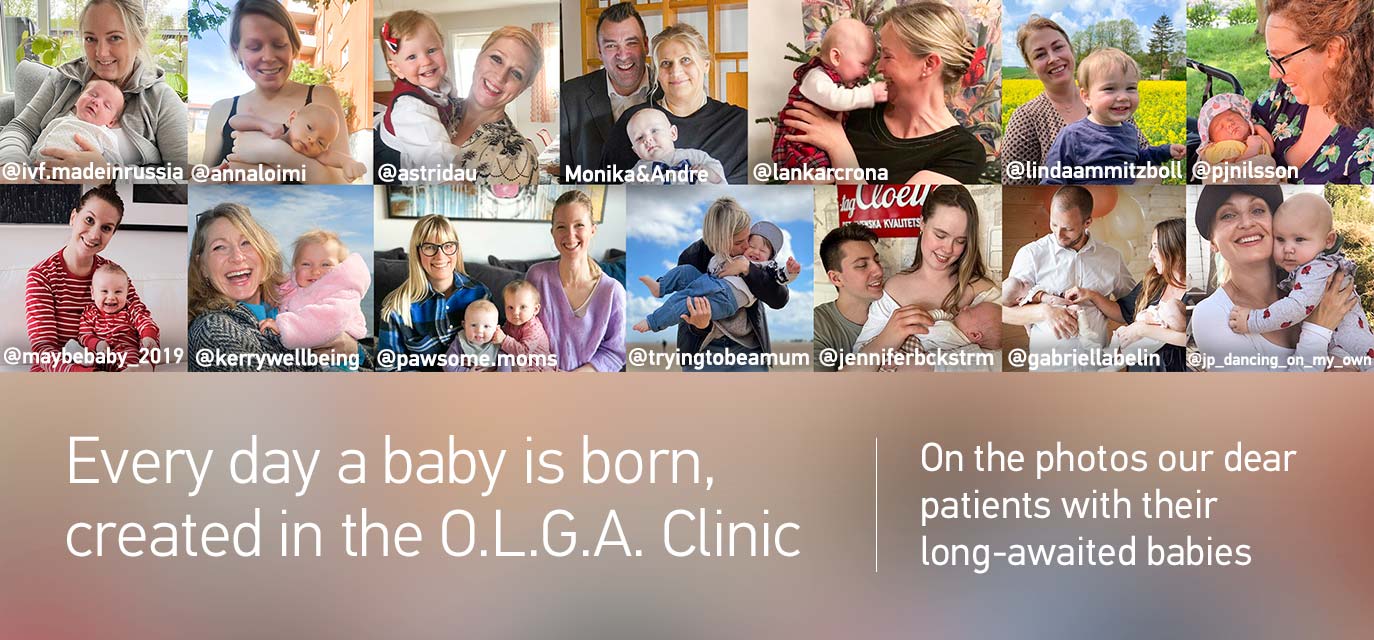


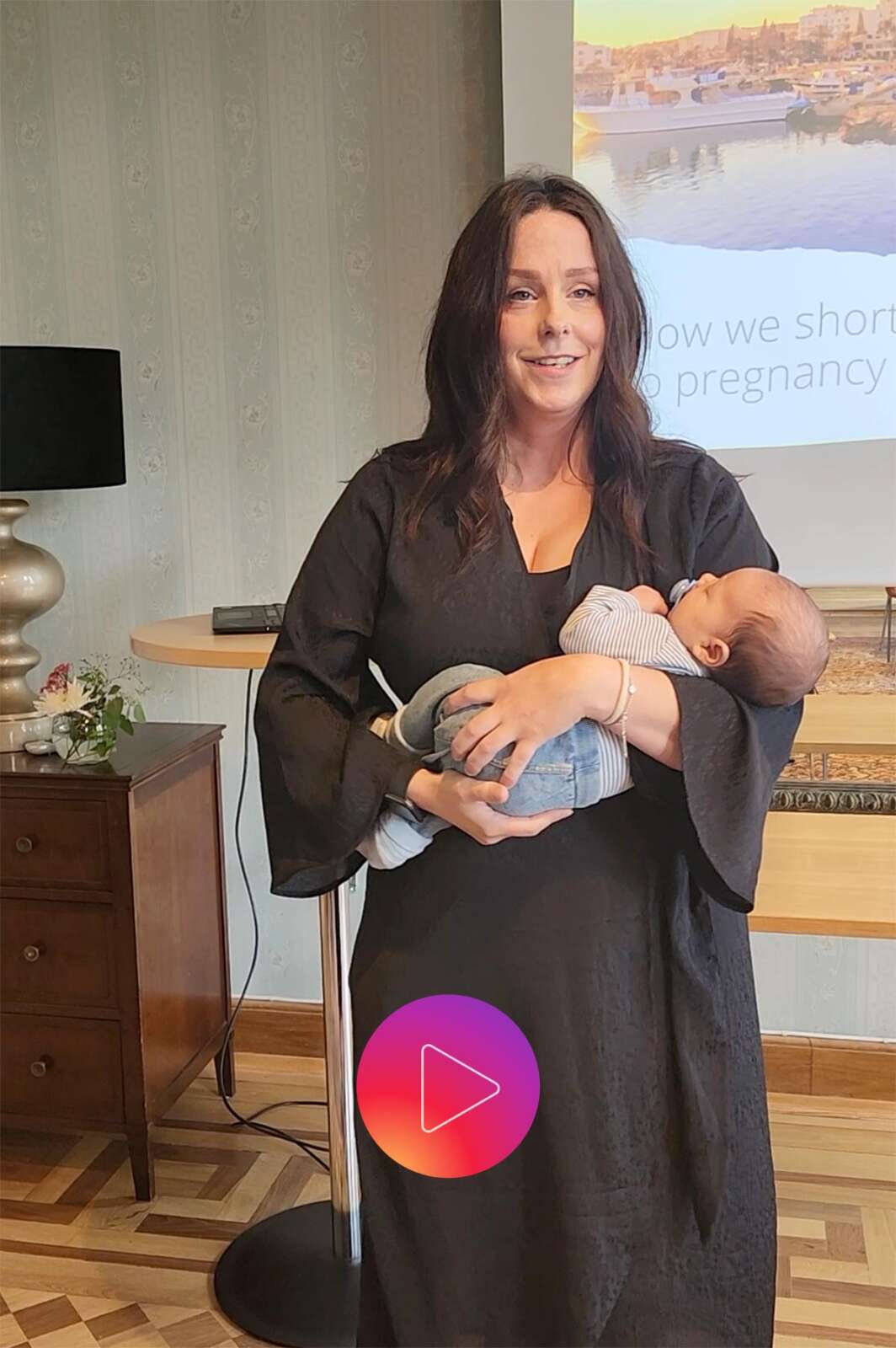


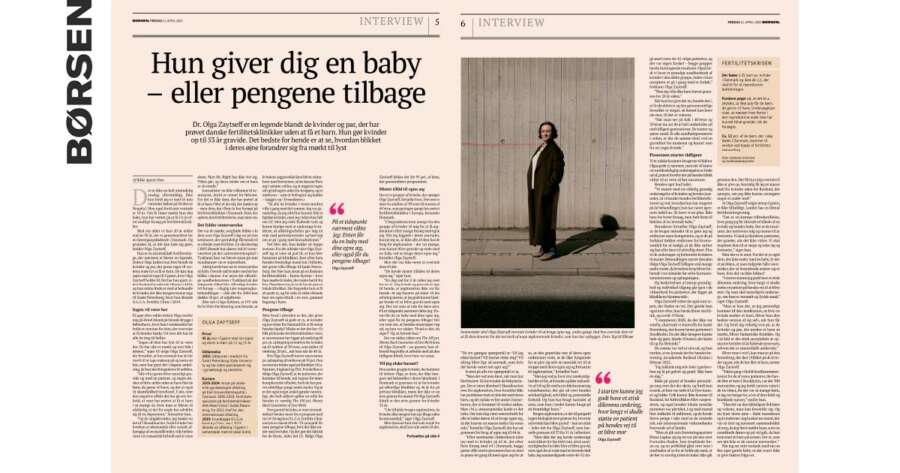
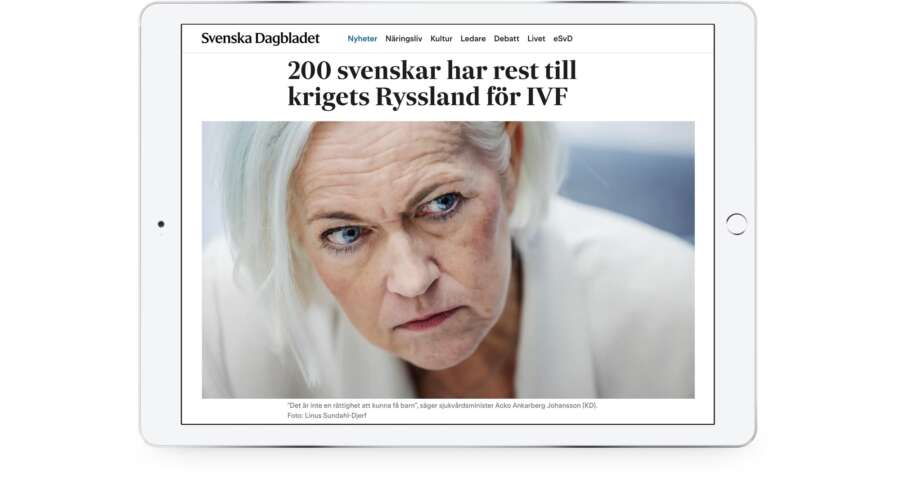
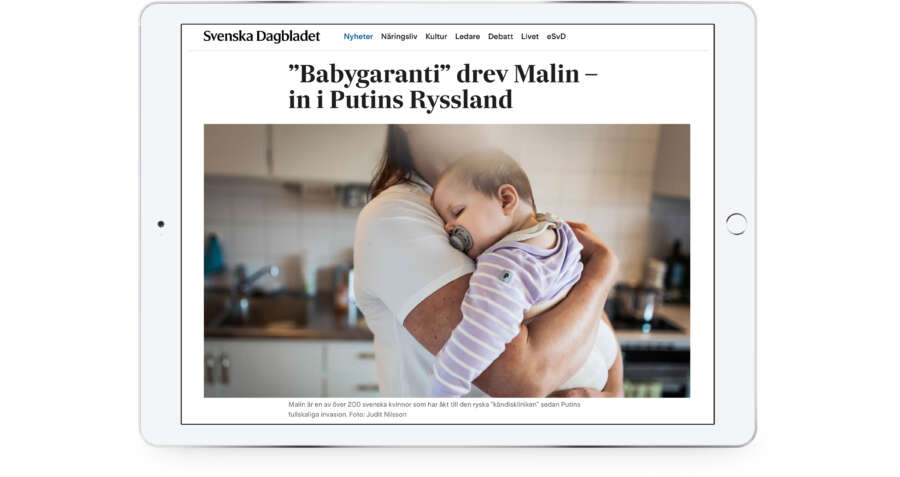
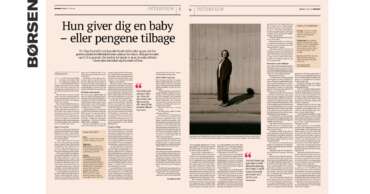
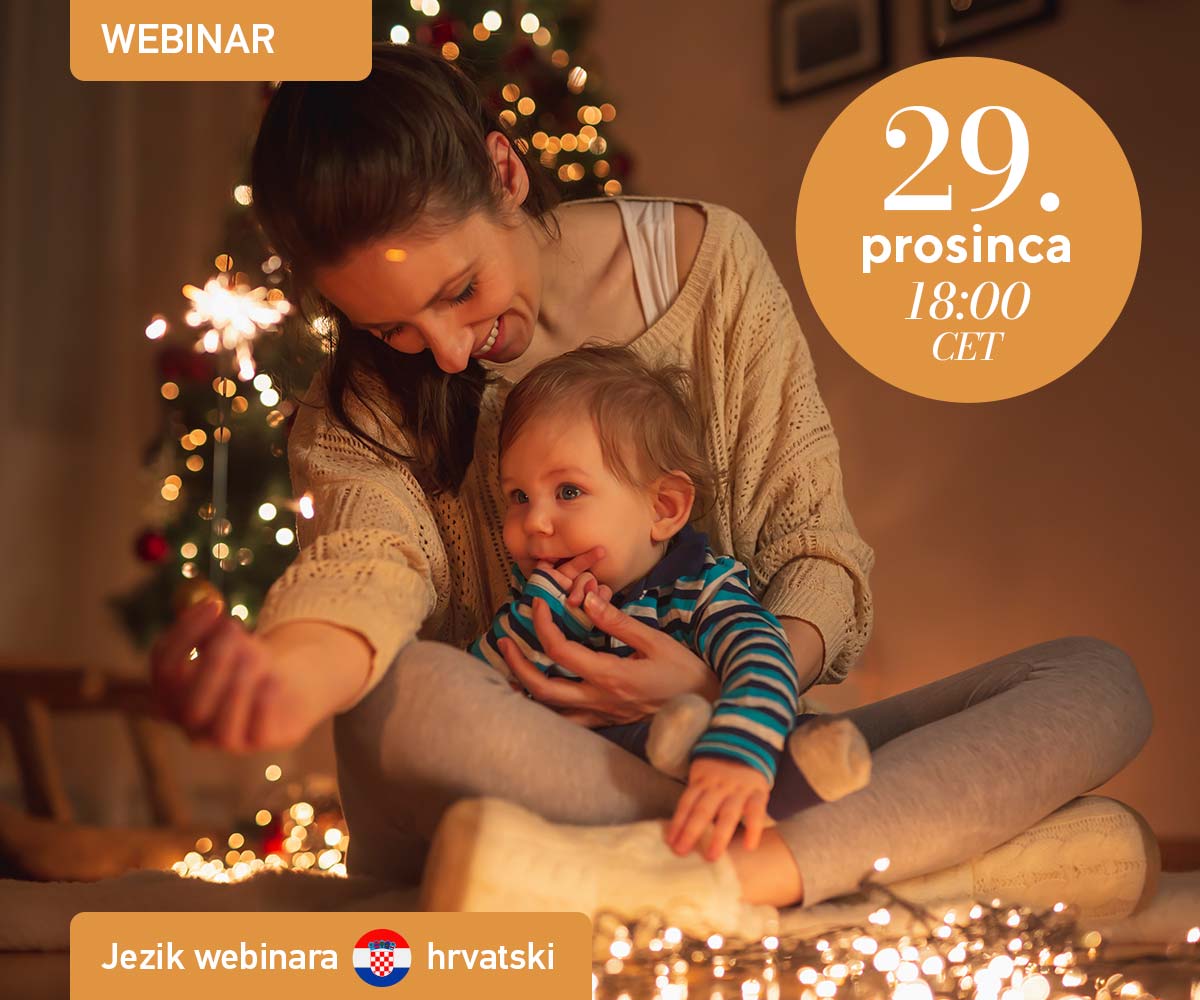
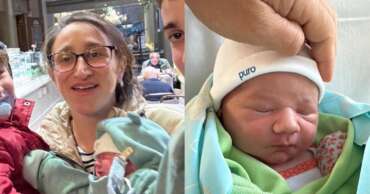
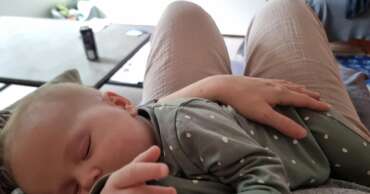
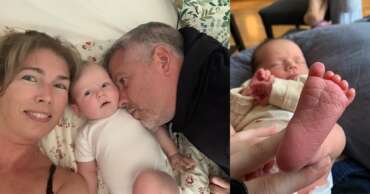
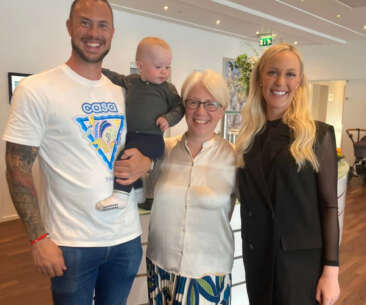
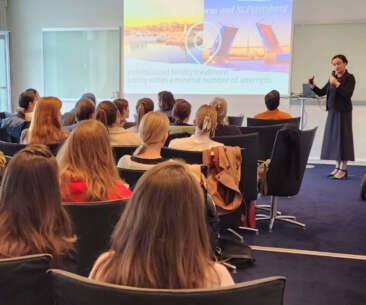
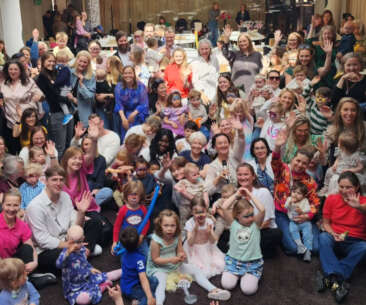
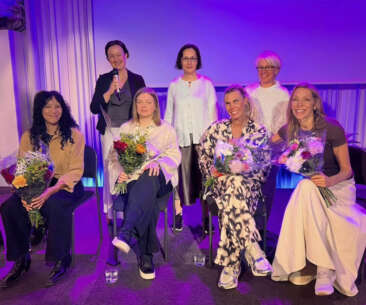
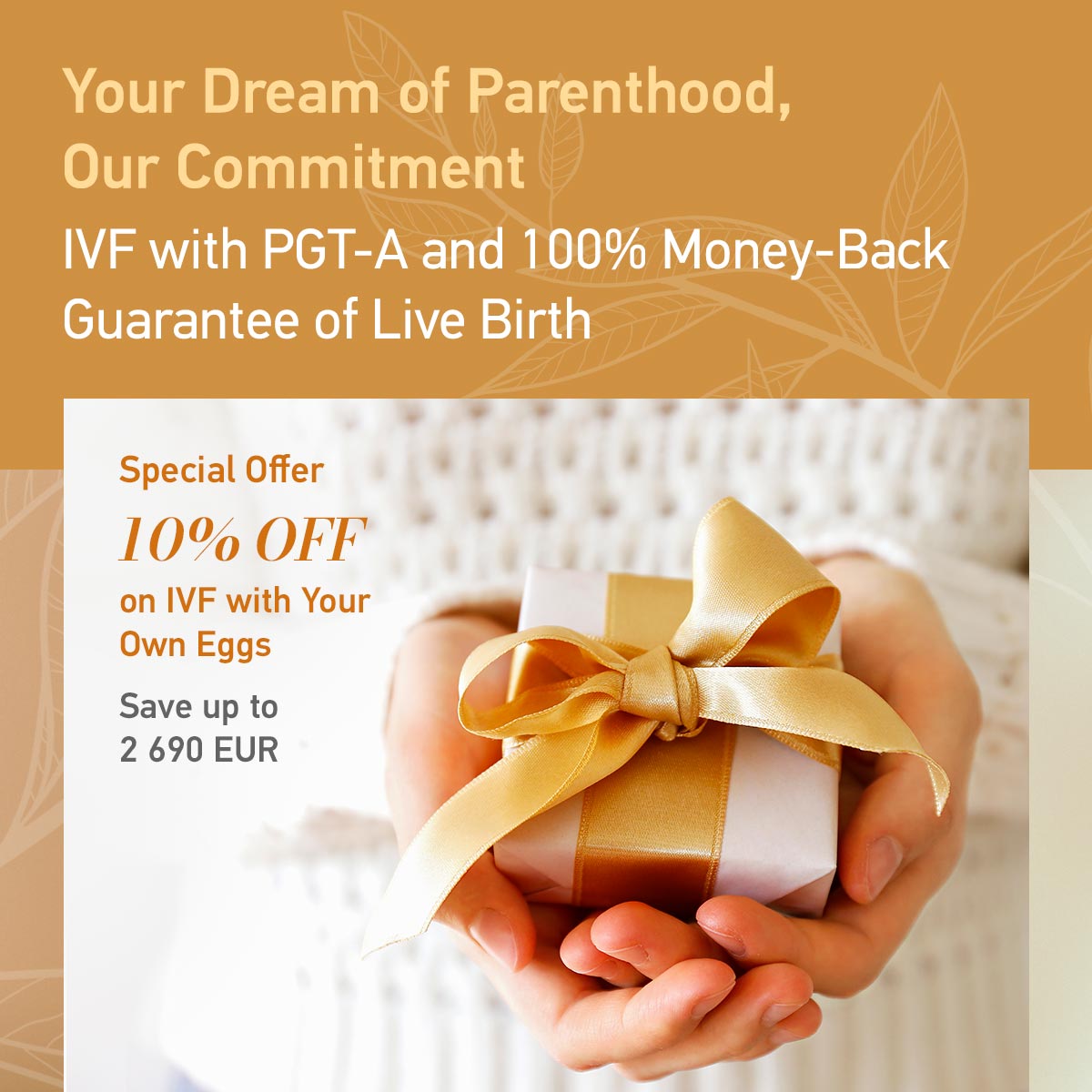
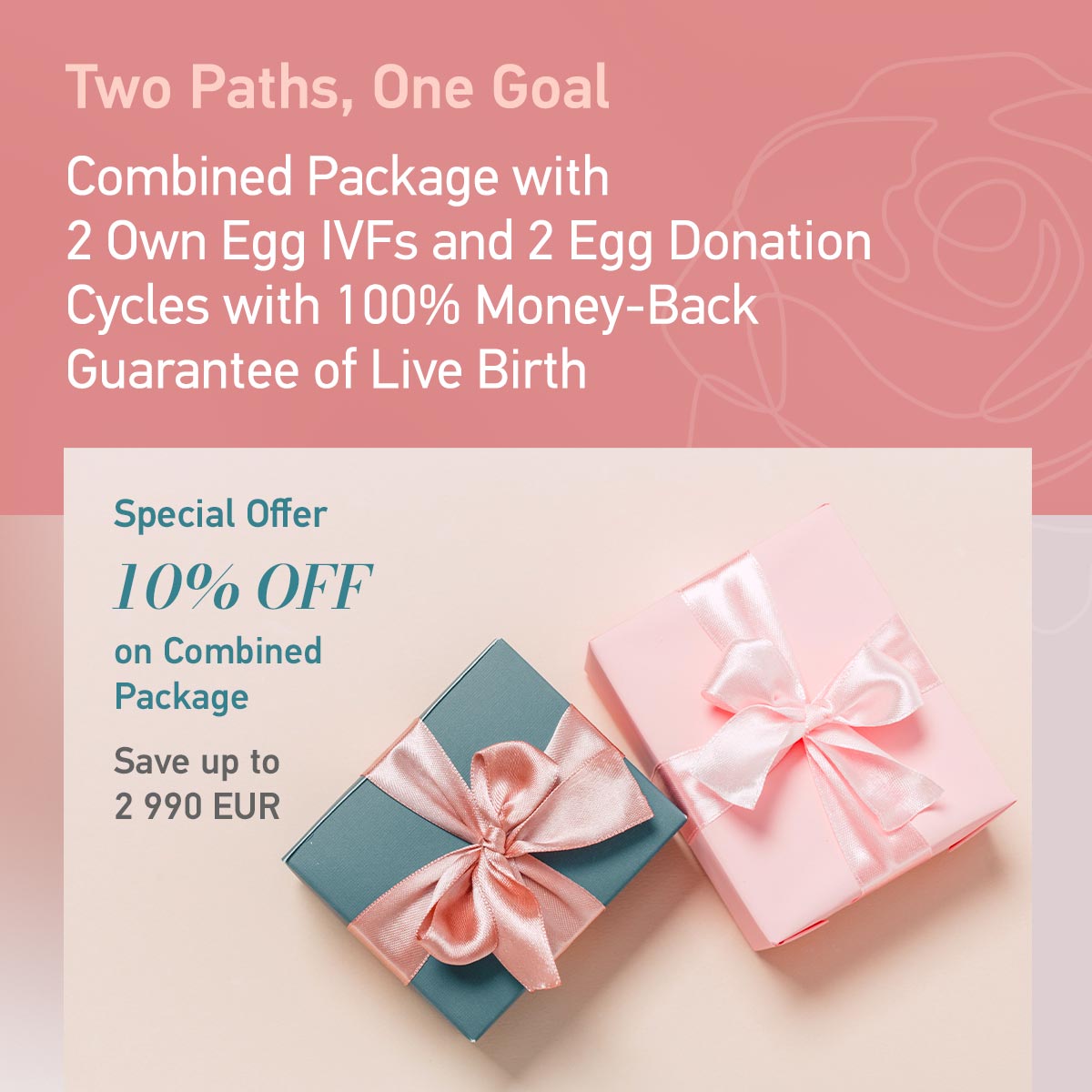
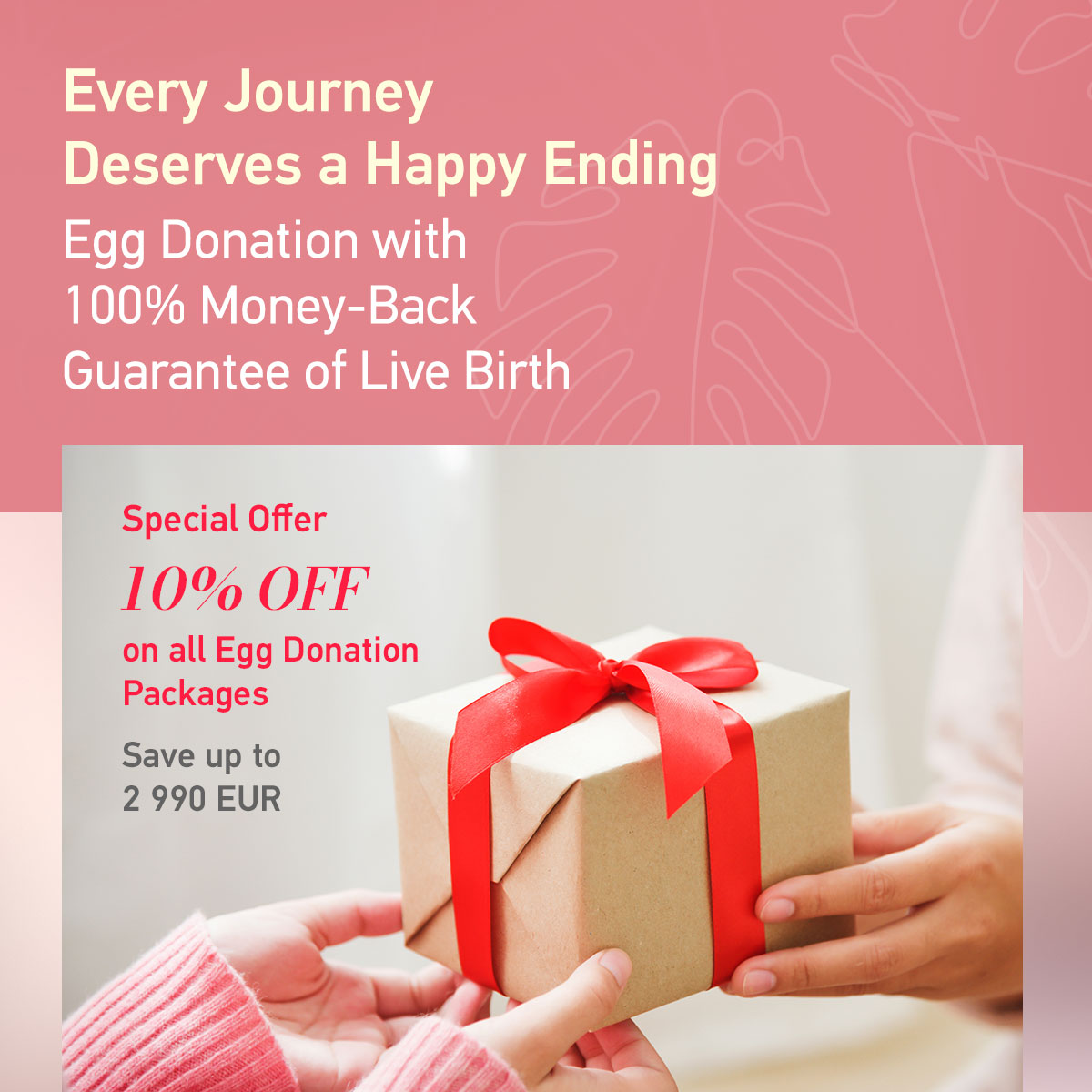



Comments are closed.